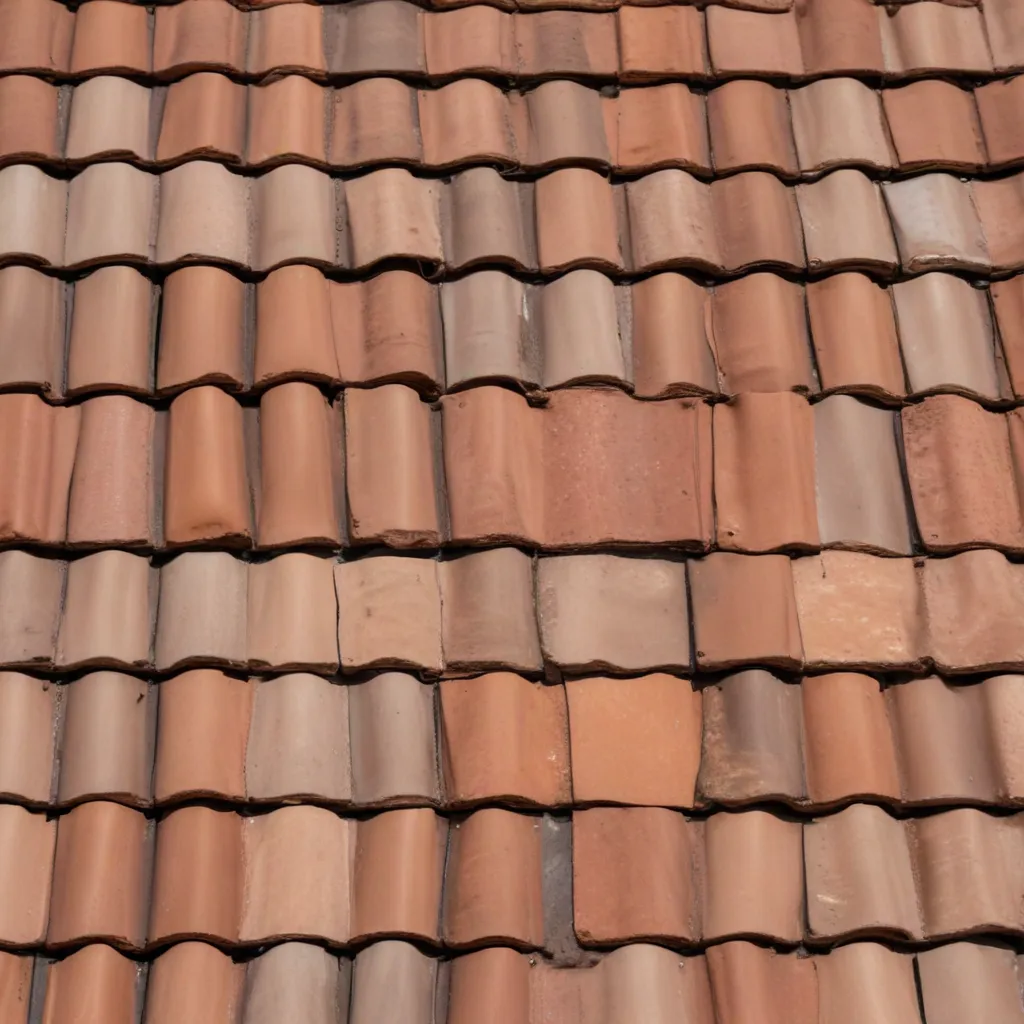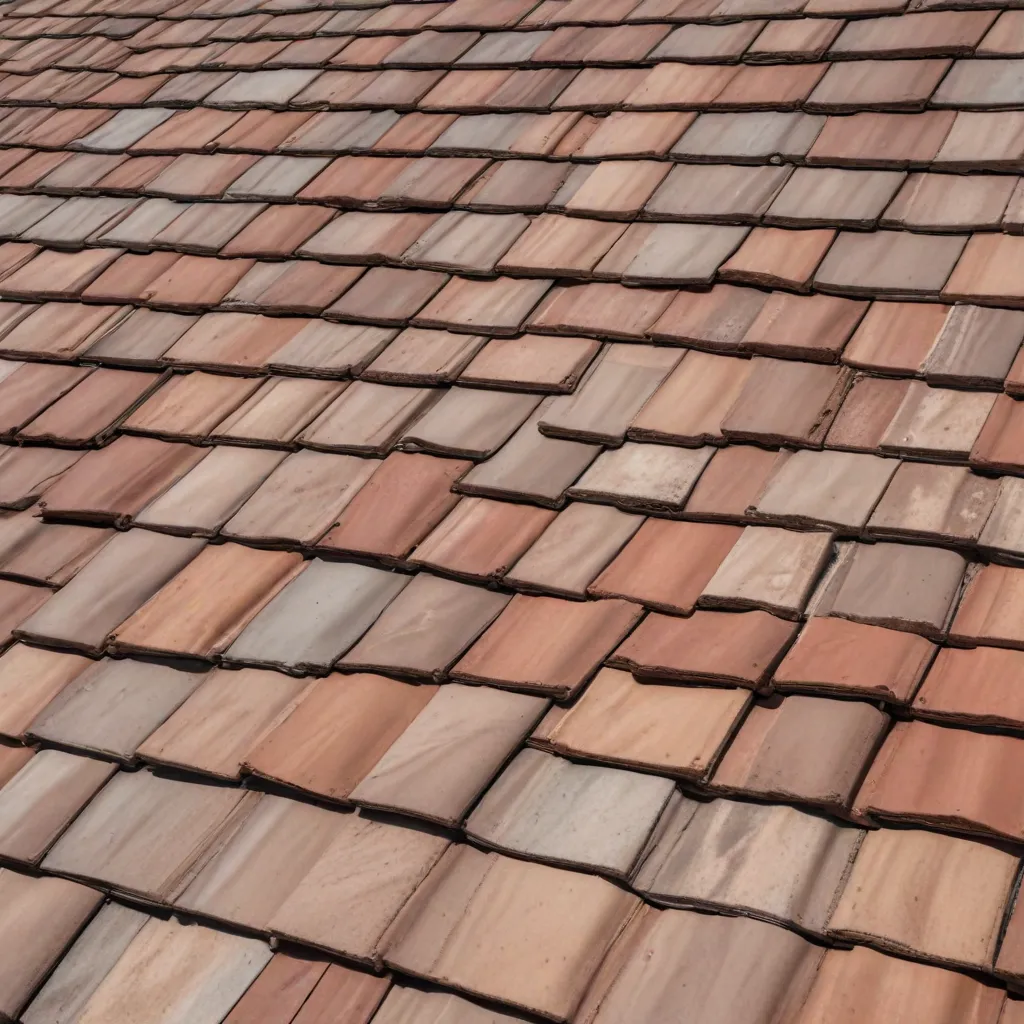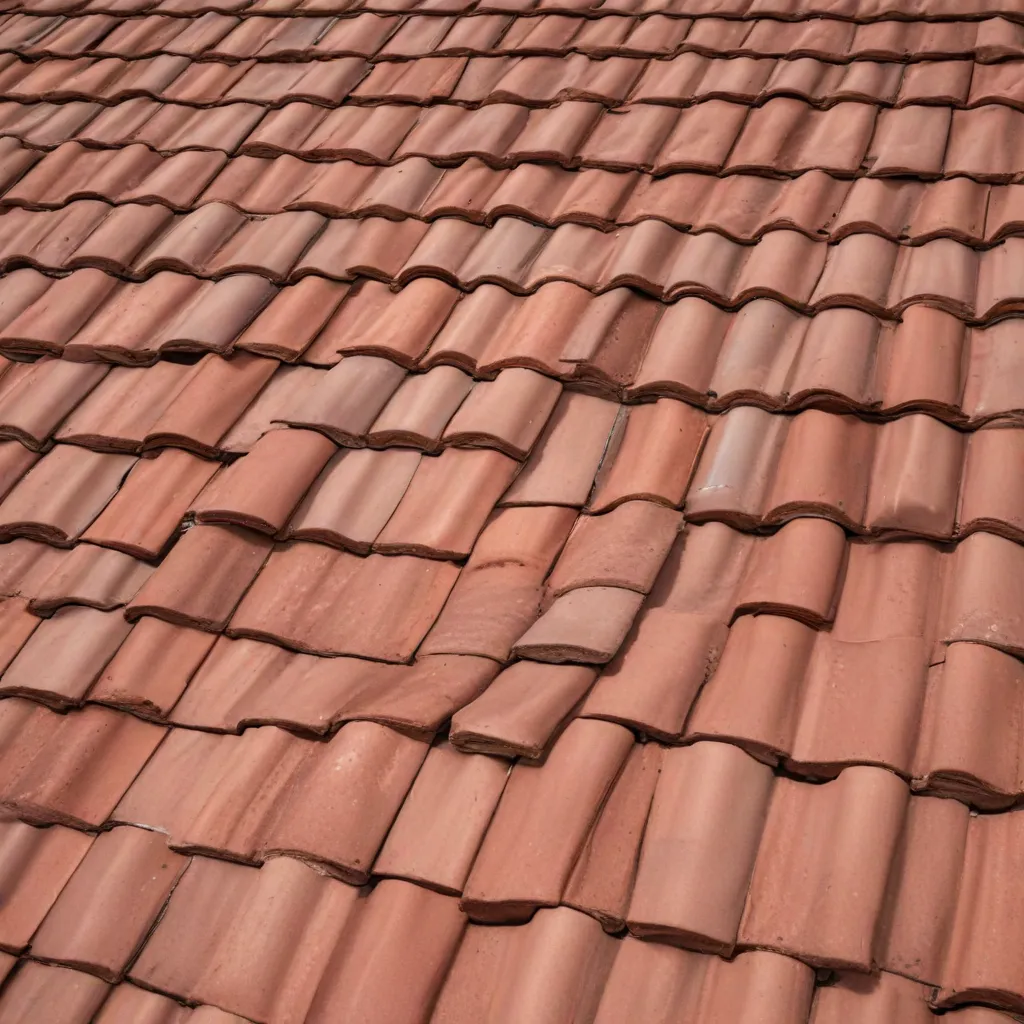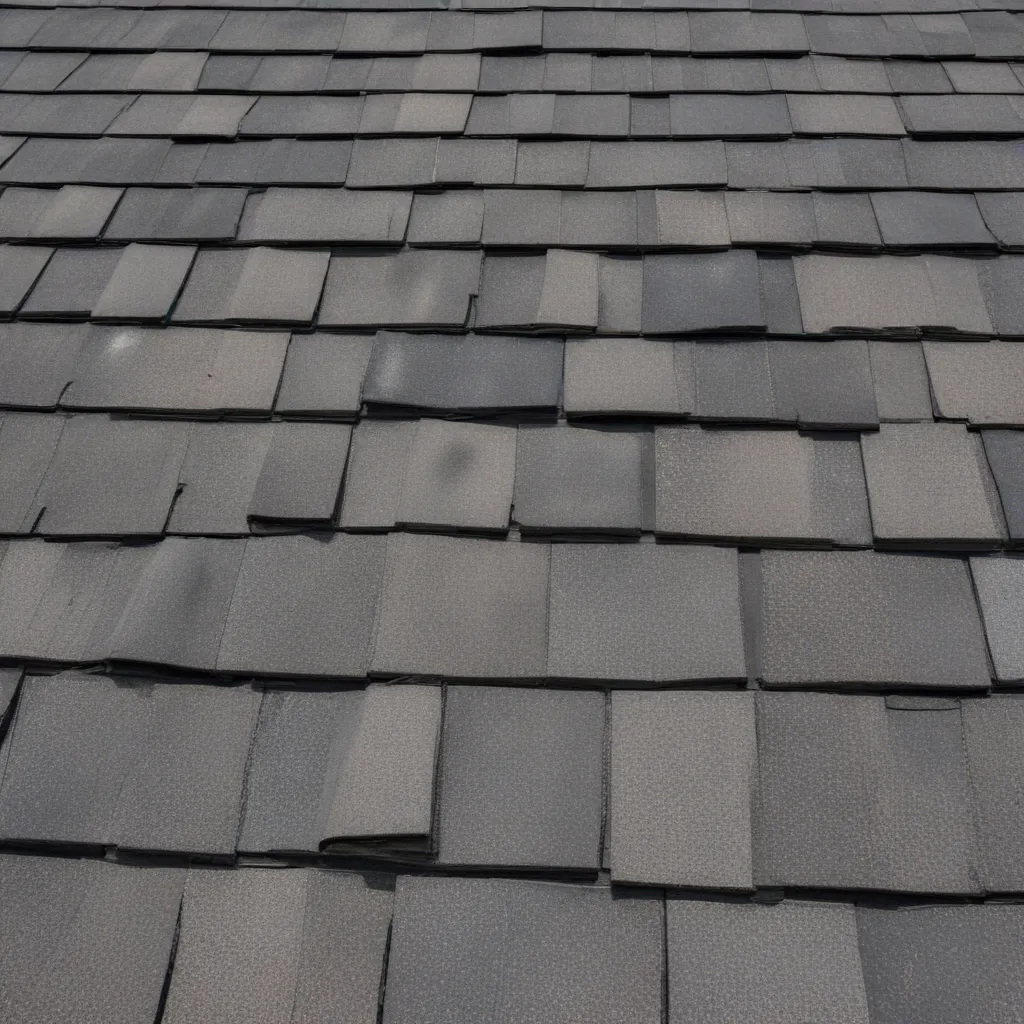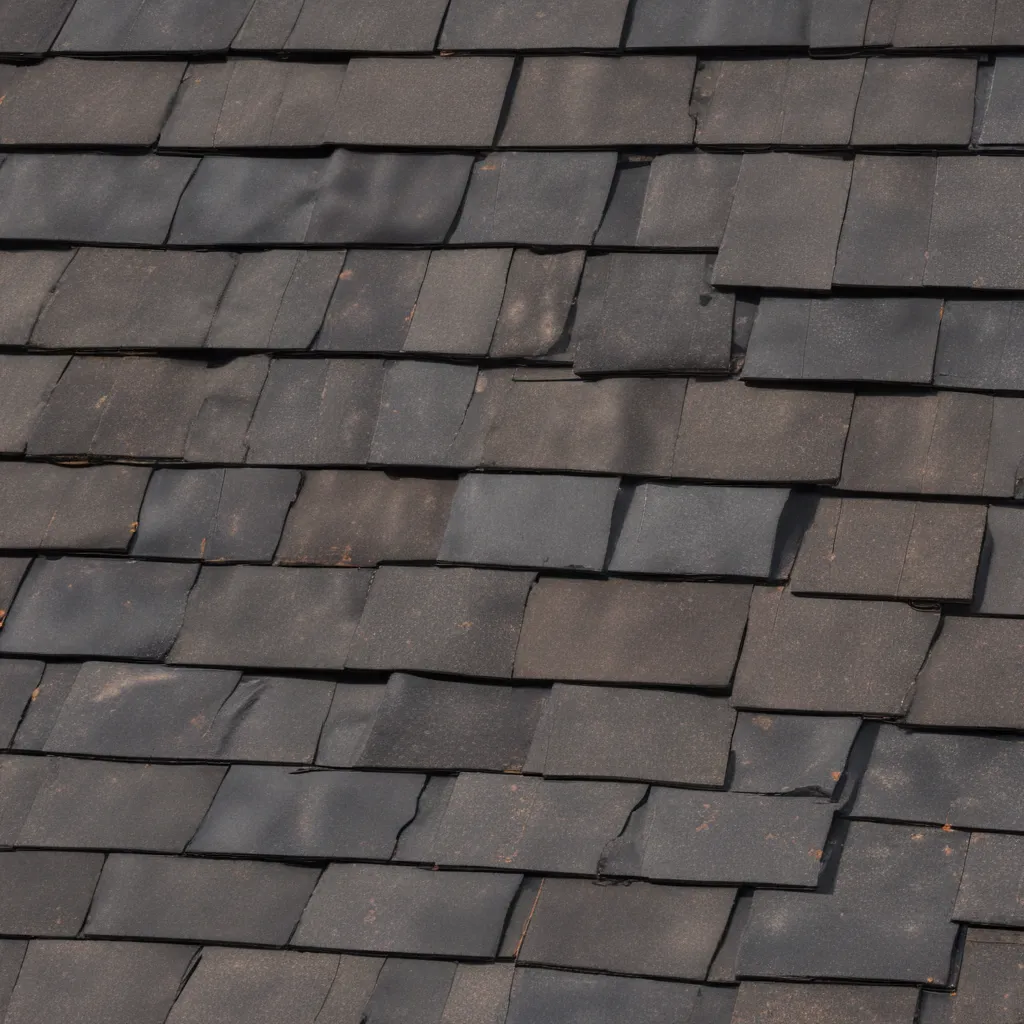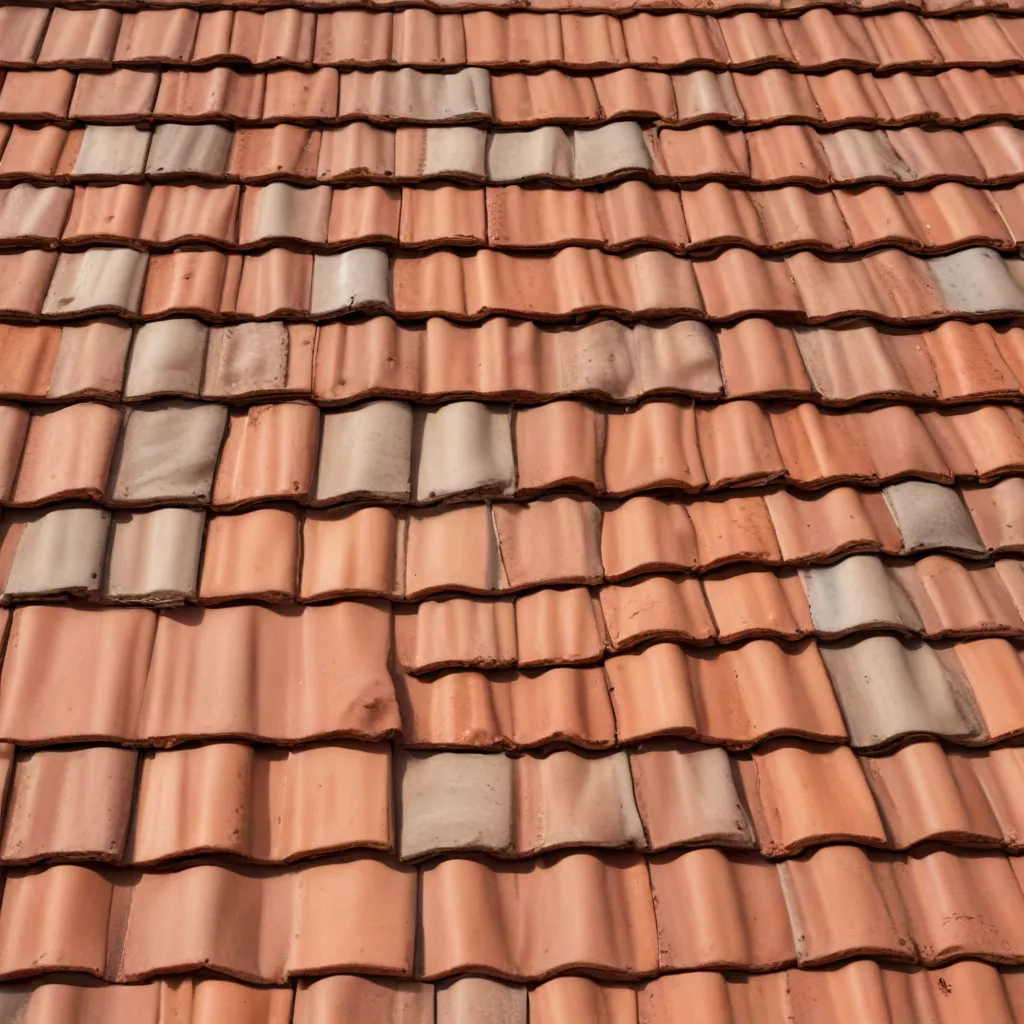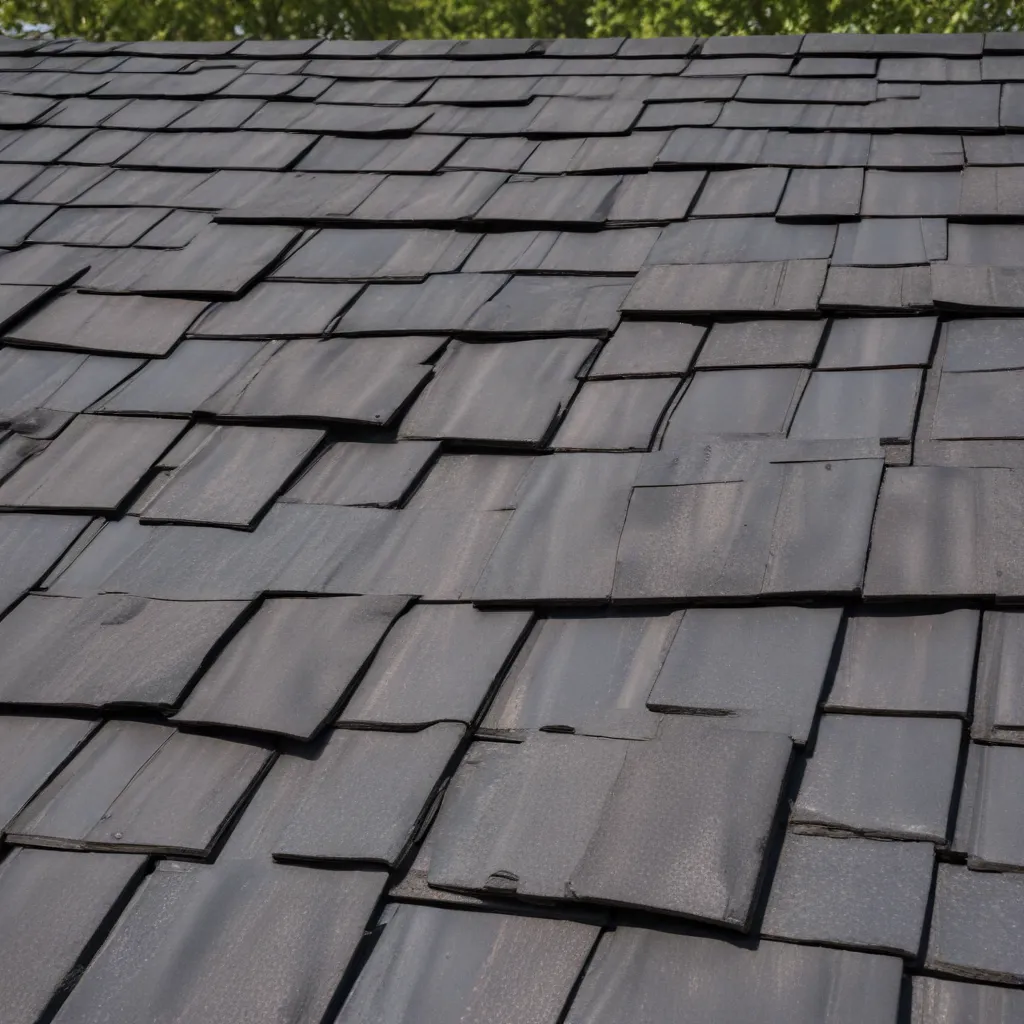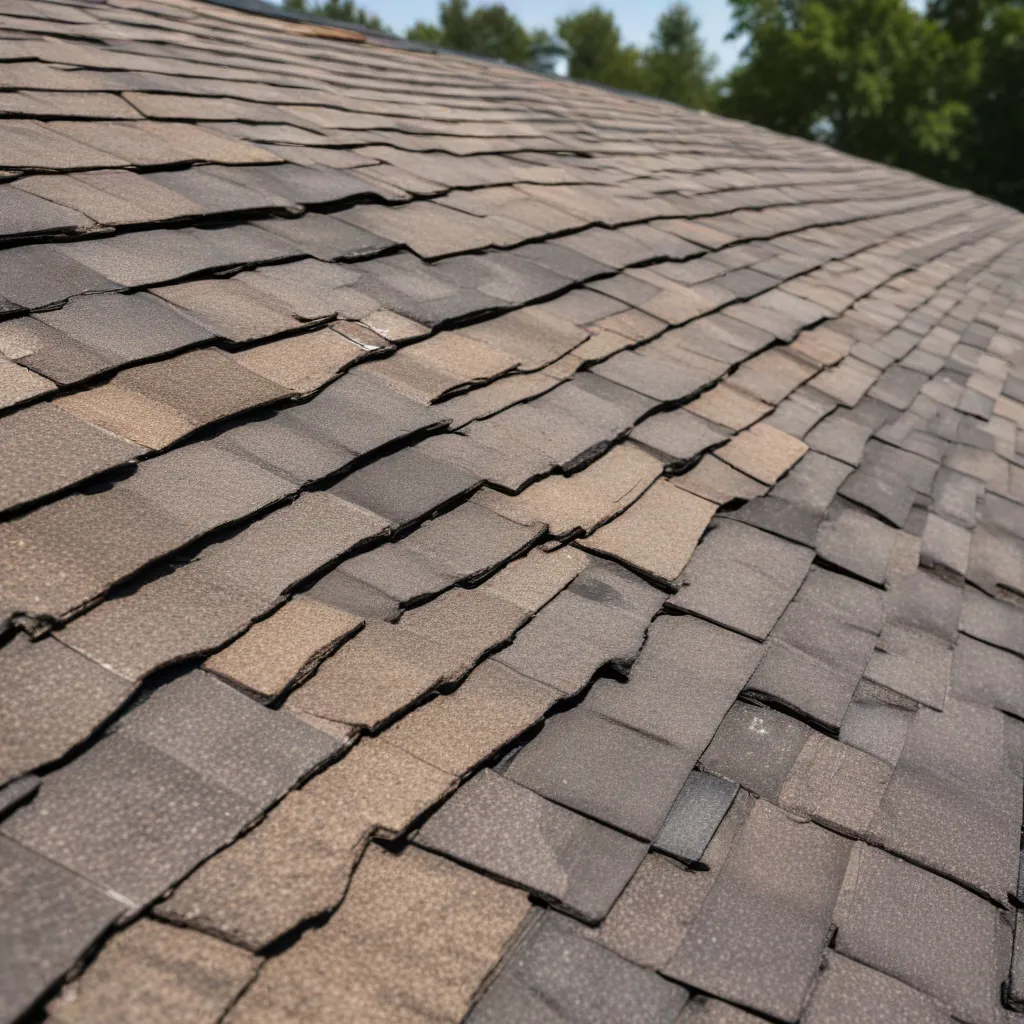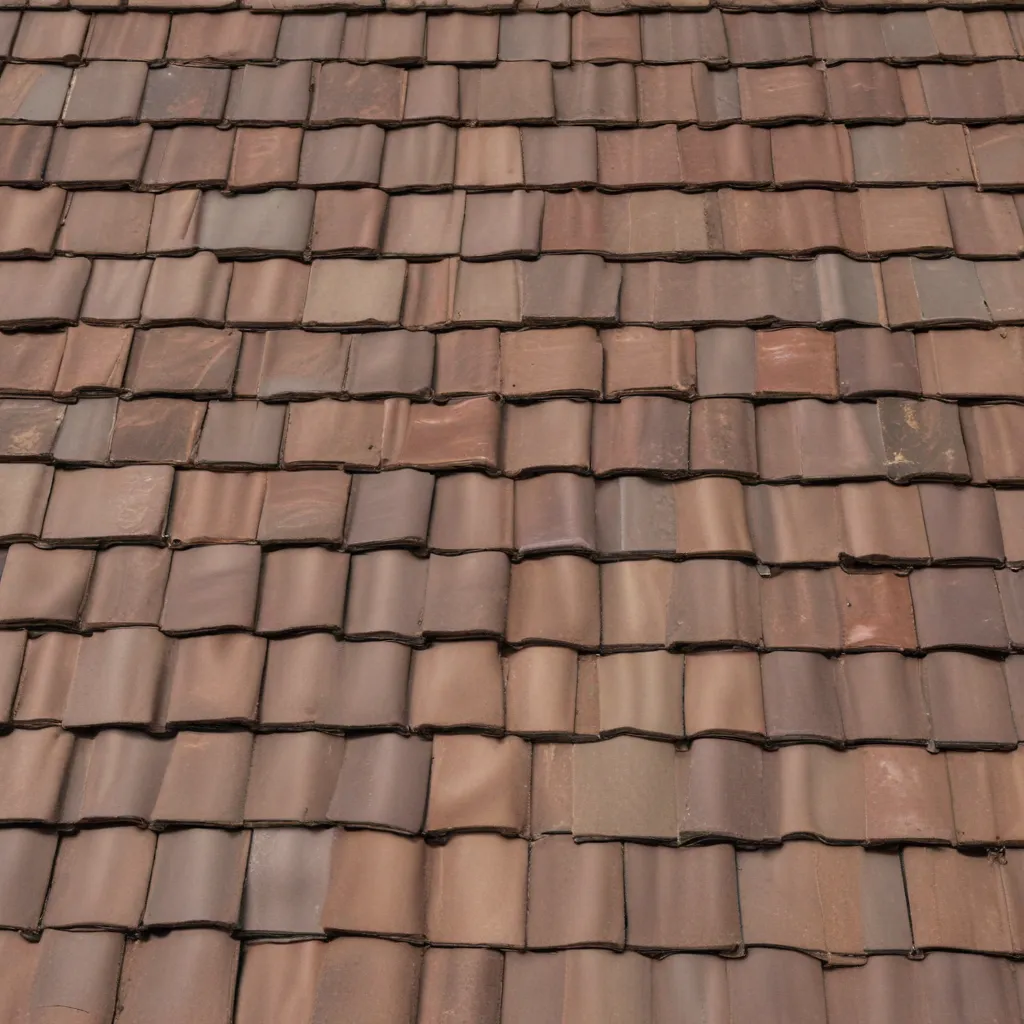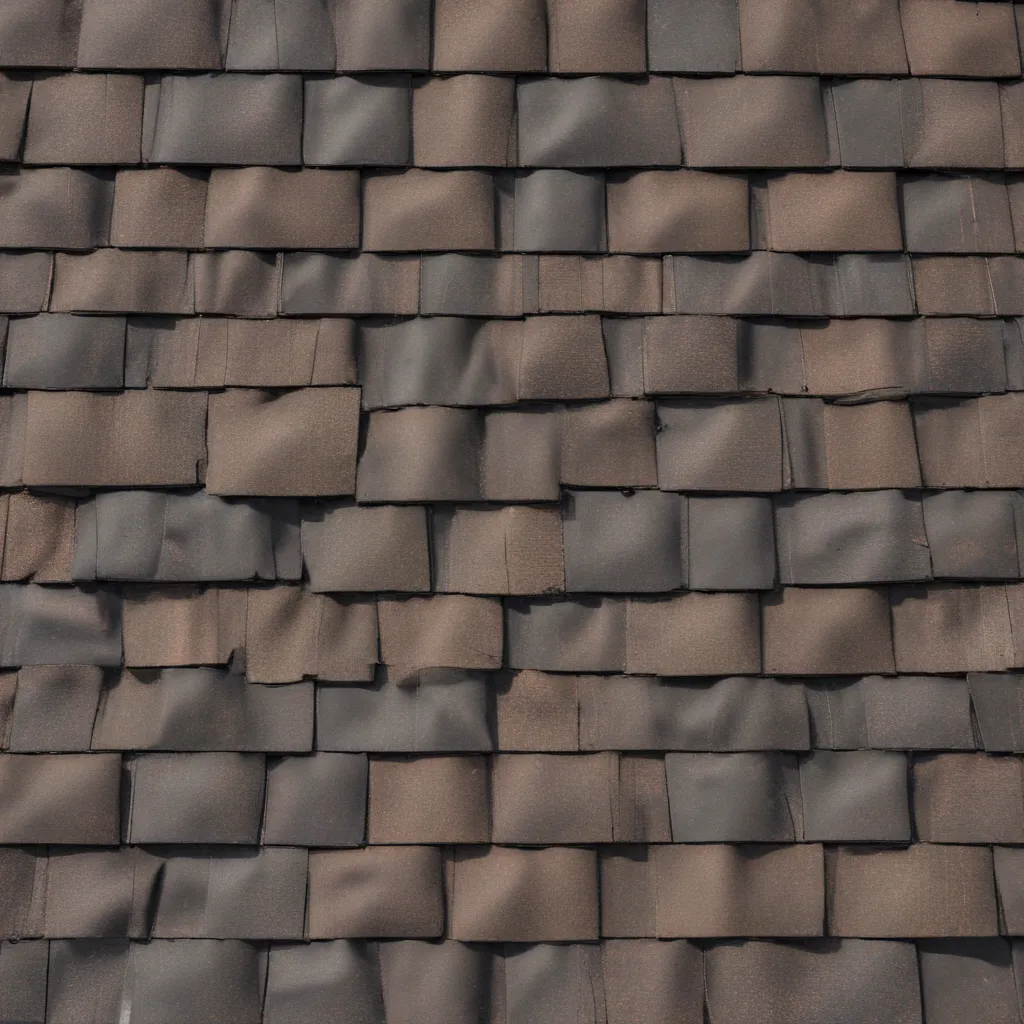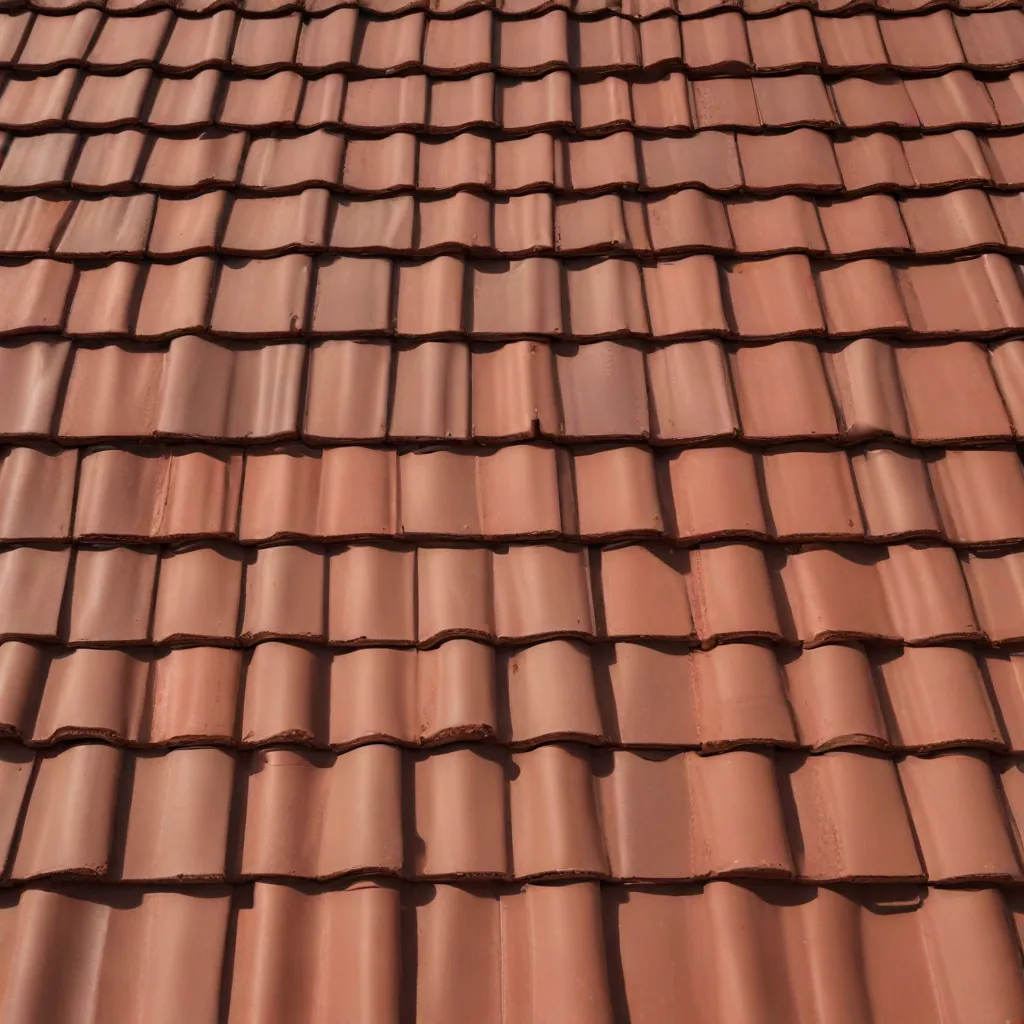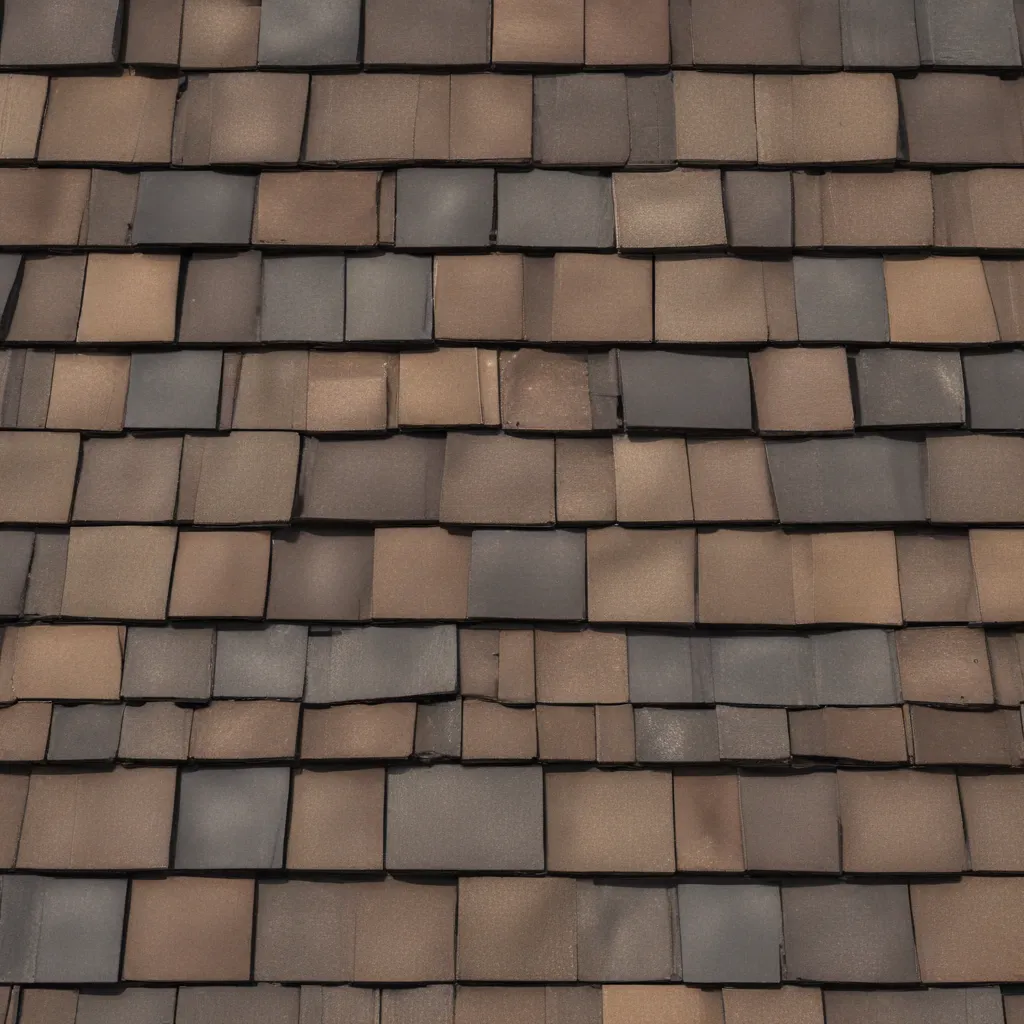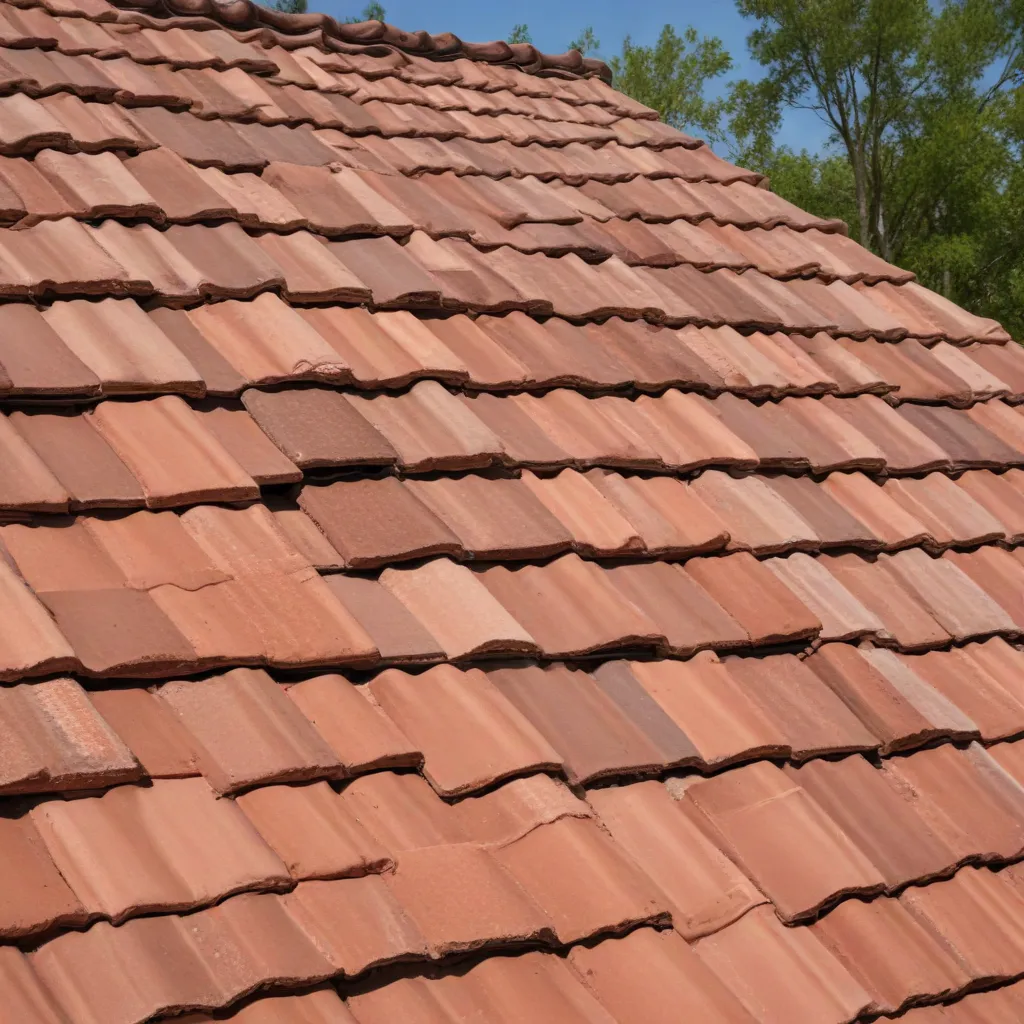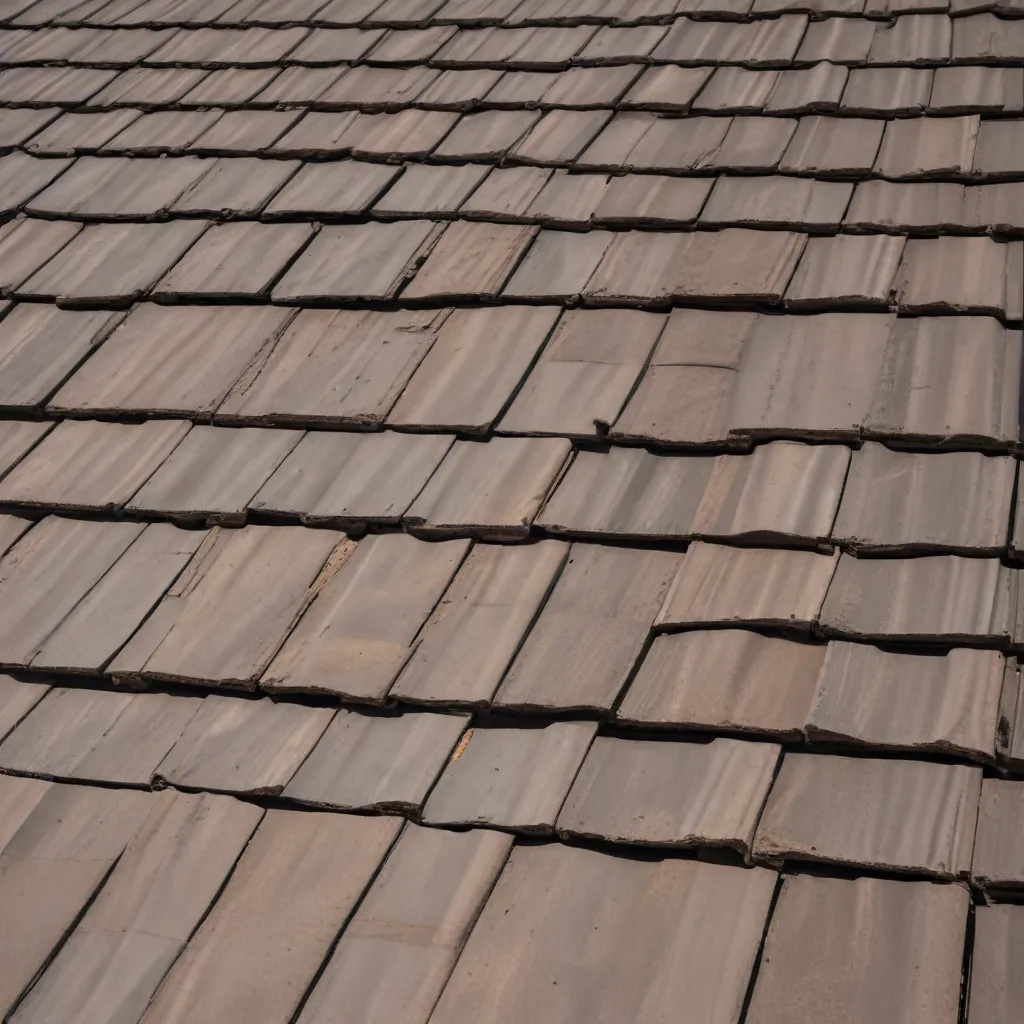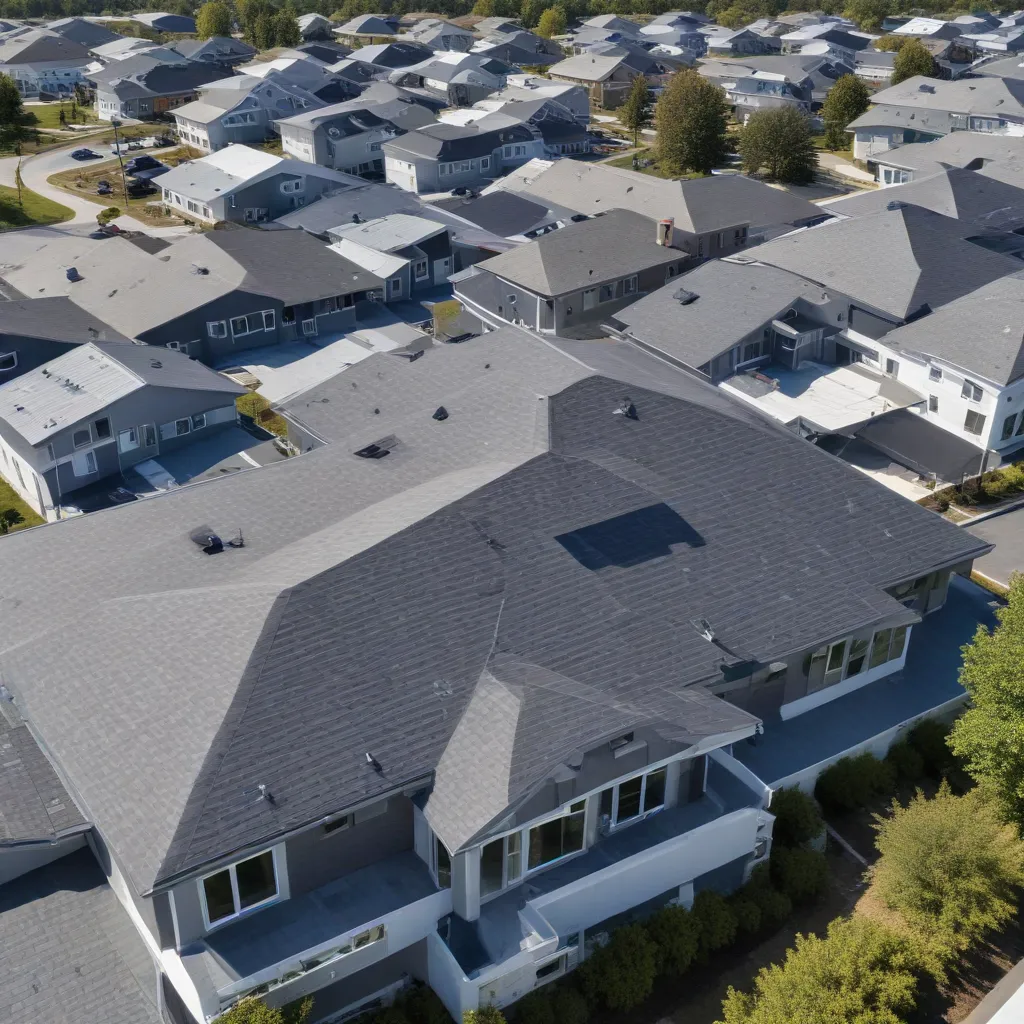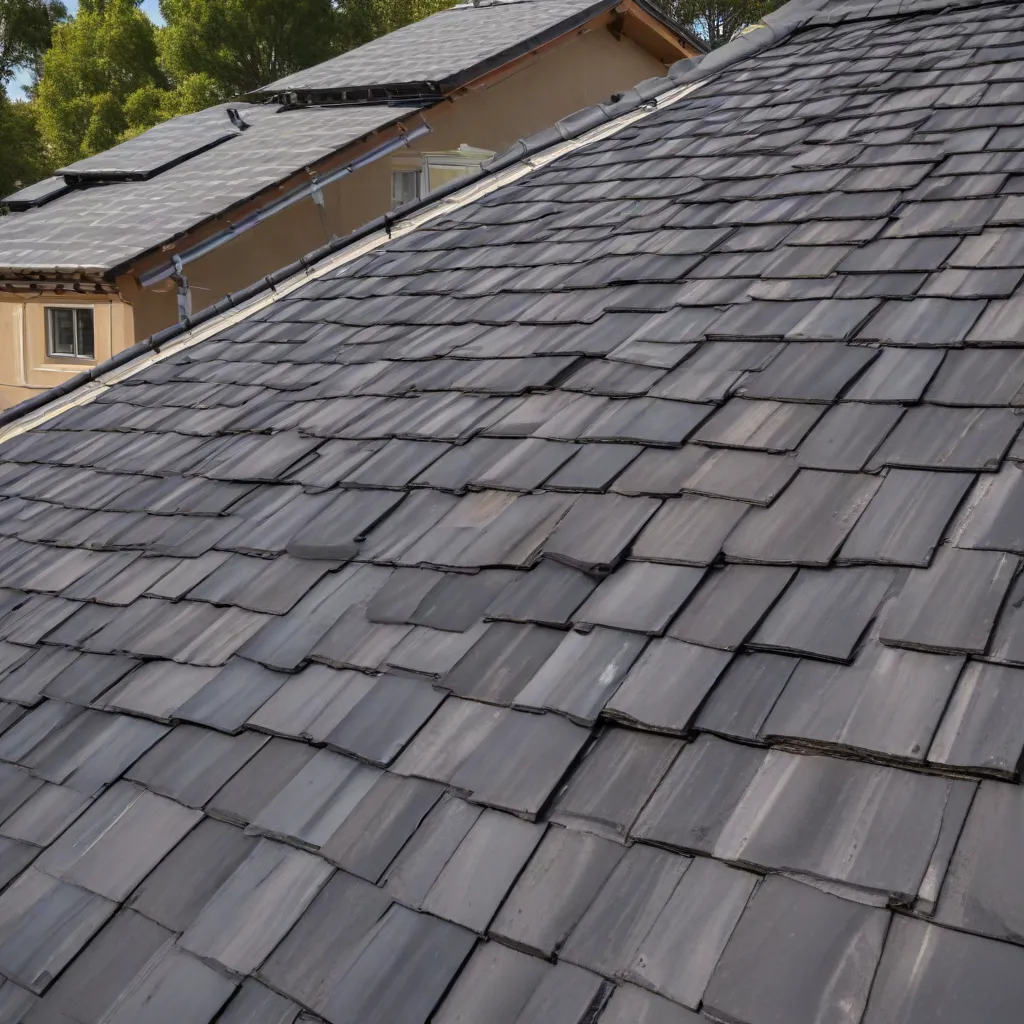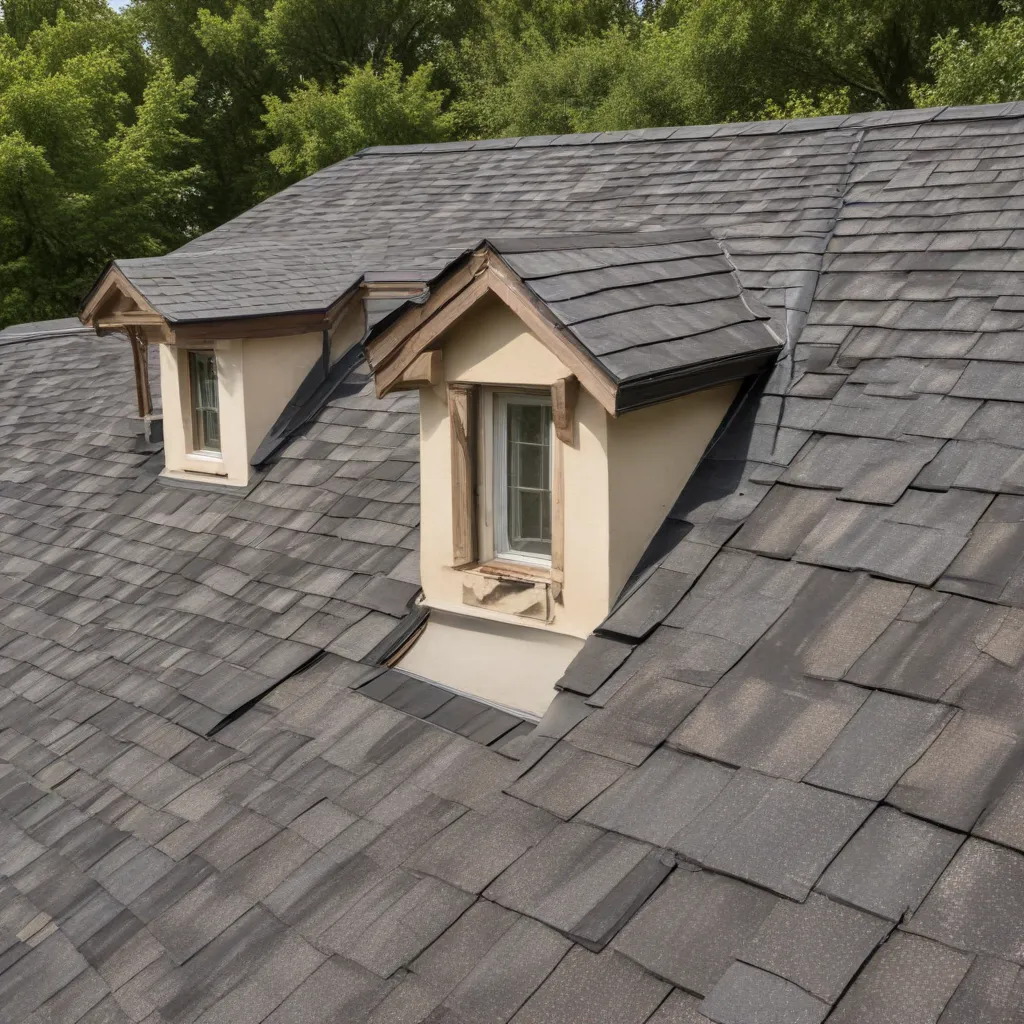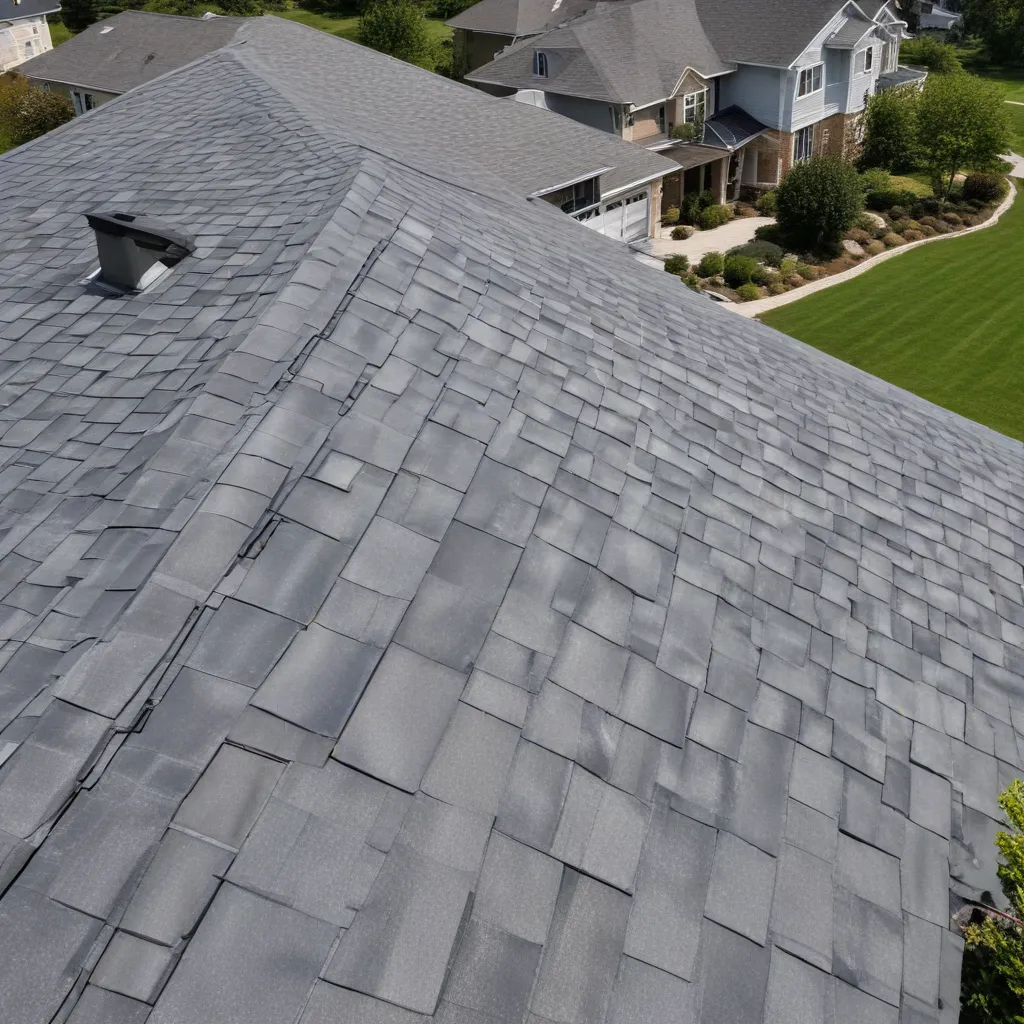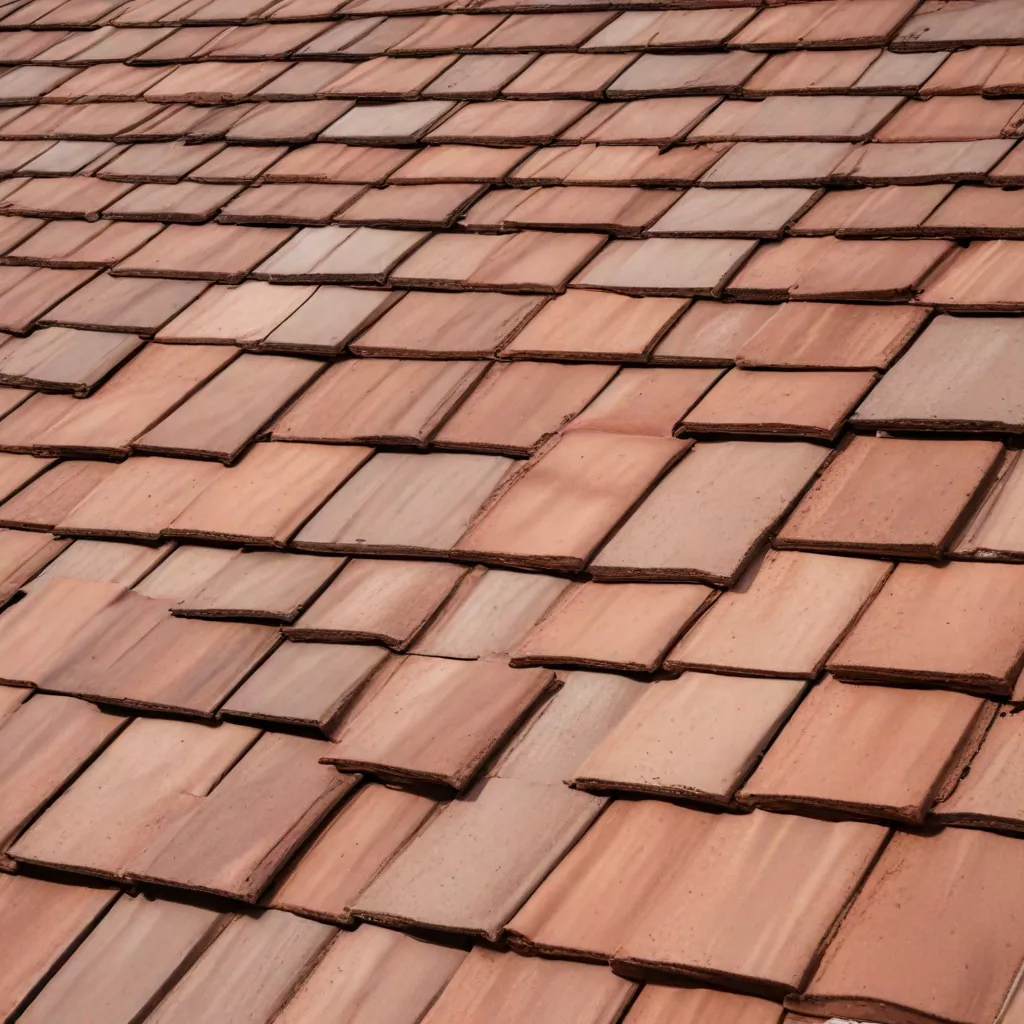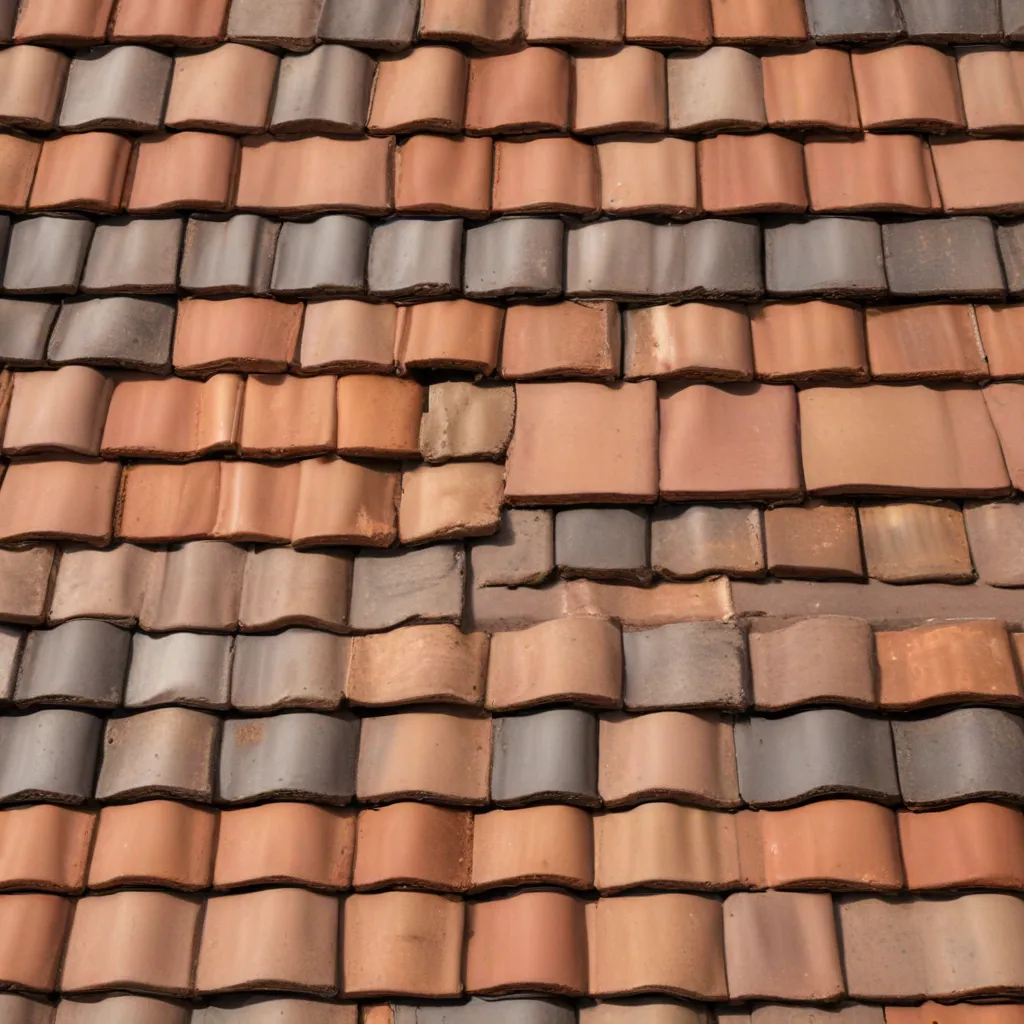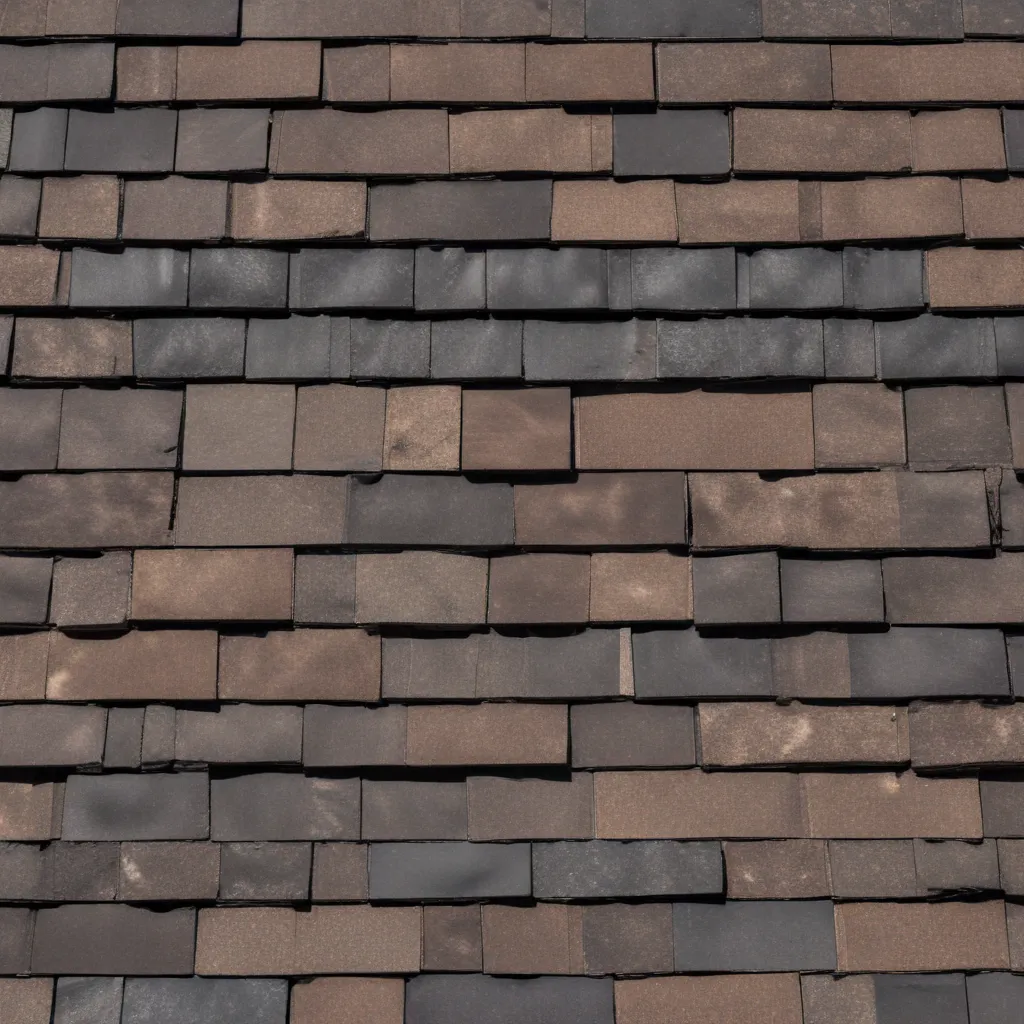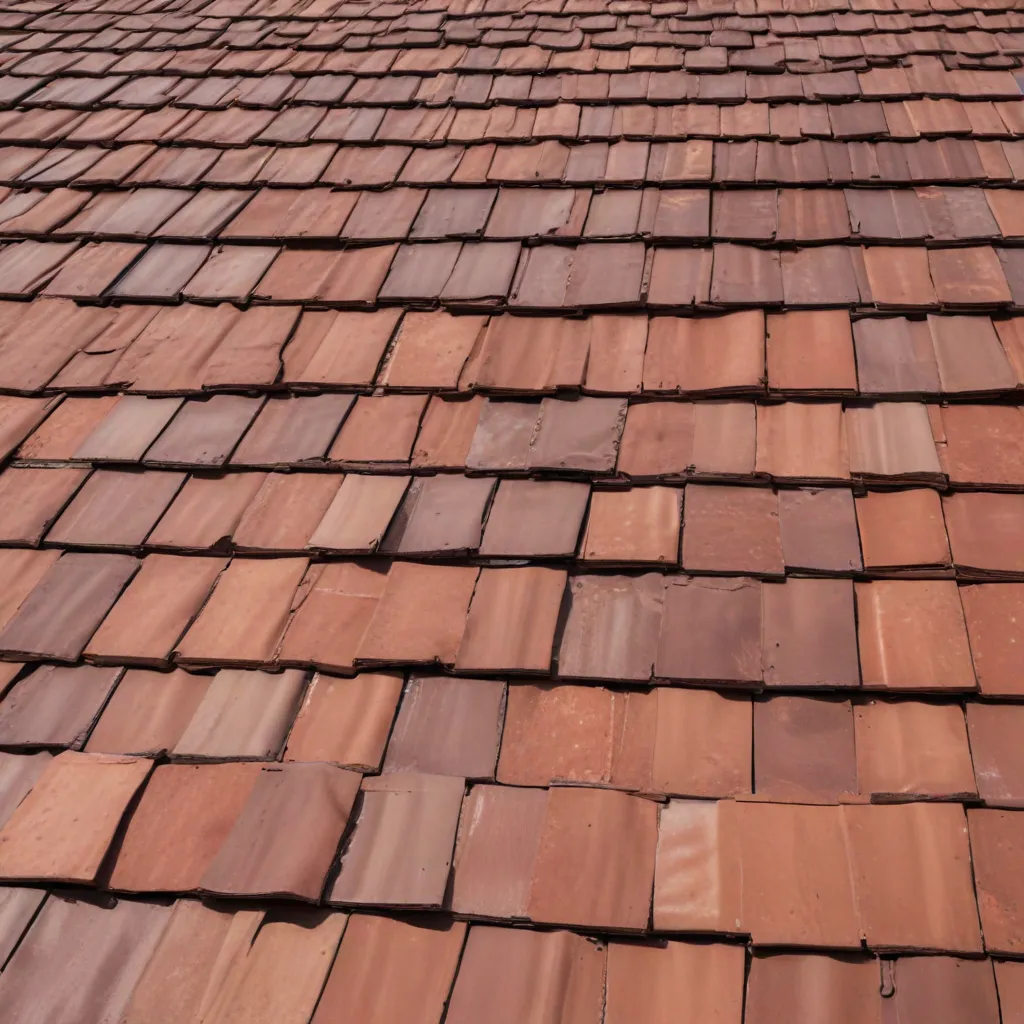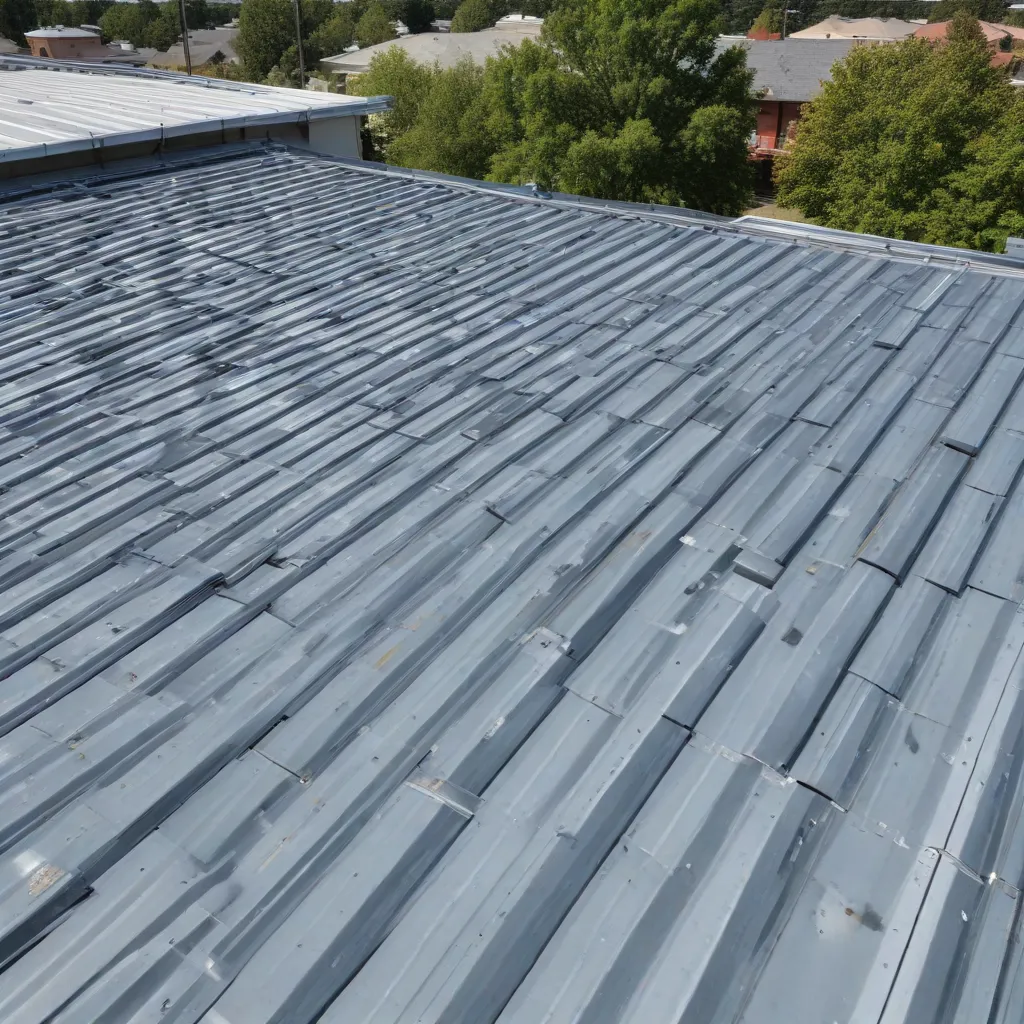
Metal Roof Retrofits: Enhancing Energy Savings
As an experienced roofing specialist, I’m excited to explore the benefits of metal roof retrofits for enhancing energy efficiency. In this comprehensive guide, we’ll delve into the various advantages of upgrading to a modern metal roofing system, with a focus on the significant impact these retrofits can have on your building’s energy savings.
Roof Types and Characteristics
The roofing industry offers a diverse range of options, each with its unique advantages. When it comes to metal roofs, we typically see two primary categories: conventional metal roofs and standing seam metal roofs. Conventional metal roofs often feature exposed fasteners and a more traditional aesthetic, while standing seam metal roofs boast a sleek, modern appearance with hidden fasteners.
Another popular choice in the metal roofing arena is the corrugated metal roof, which is renowned for its durability and versatility. These distinct roof types all share the inherent strength and longevity of metal, making them excellent candidates for retrofit projects aimed at enhancing energy efficiency.
Energy Efficiency Considerations
Improving the energy efficiency of a building is a crucial consideration when undertaking a metal roof retrofit. Two key factors that play a significant role in this endeavor are thermal insulation and reflective coatings.
By optimizing the thermal performance of the roof assembly, you can dramatically reduce heat transfer, leading to lower heating and cooling costs. Incorporating high-performance insulation materials within the air space created by the retrofit can significantly enhance the building’s thermal resistance, or R-value.
Additionally, the use of reflective roof coatings can further contribute to energy savings by minimizing the absorption of solar radiation. These specialized coatings reflect a large portion of the sun’s heat, keeping the interior of the building cooler and reducing the strain on the HVAC system.
Integrating ventilation systems into the retrofit design can also play a pivotal role in enhancing energy efficiency. Strategically placed vents and air circulation pathways can create a dynamic, convective air flow that helps mitigate heat transfer, ultimately reducing the building’s overall energy consumption.
Enhancing Energy Savings
Benefits of Retrofitting
The primary benefits of undertaking a metal roof retrofit are improved thermal performance, reduced heating and cooling costs, and increased comfort and indoor air quality.
By upgrading to a metal roofing system, you can capitalize on the inherent insulating properties of metal, which can help regulate the building’s internal temperature more effectively. This, in turn, leads to a significant reduction in energy expenditure, as the HVAC system doesn’t have to work as hard to maintain the desired comfort level.
Improved thermal performance also translates to enhanced indoor air quality, as the building becomes less susceptible to drafts and temperature fluctuations. Occupants can enjoy a more consistent and comfortable environment, contributing to their overall well-being and productivity.
Retrofit Strategies
There are several effective strategies to enhance energy savings through a metal roof retrofit. Insulation upgrades play a crucial role, as the air space created by the retrofit allows for the installation of high-performance insulation materials. This can include fiberglass blanket insulation or rigid insulation panels, each offering unique advantages depending on the specific project requirements.
Complementing the insulation enhancements, the application of cool roof coatings can further boost the roof’s reflective properties. These specialized coatings are designed to minimize the absorption of solar radiation, effectively reducing the heat transfer into the building and lessening the burden on the HVAC system.
Lastly, the incorporation of ventilation systems into the retrofit design can create a dynamic, convective air flow that helps dissipate heat buildup. This approach, known as above-sheathing ventilation, can result in a reduction of heat transfer through the roof assembly by up to 45%, leading to significant energy savings.
Retrofit Installation Considerations
Structural Integrity
When undertaking a metal roof retrofit, it’s crucial to assess the structural integrity of the existing roof structure. Modifications to the roof, such as the addition of insulation or mechanical equipment, can impact the load-bearing capacity. A thorough structural analysis is essential to ensure the existing framing can safely support the new roof system.
In some cases, roof framing modifications may be necessary to accommodate the increased loads. This could involve reinforcing or expanding the support structure to maintain the required structural integrity and comply with building codes and regulations.
Weatherproofing and Durability
Ensuring the weatherproofing and long-term durability of the metal roof retrofit is paramount. Proper integration of the new roof membrane with the existing structure is crucial to prevent potential leaks and maintain the overall integrity of the roofing system.
The selection and installation of high-quality sealants and fasteners play a vital role in weatherproofing the retrofit. These components must be carefully chosen and installed to withstand the elements and provide a secure, watertight interface between the old and new roof systems.
Maintenance and Long-Term Performance
Inspection and Monitoring
Maintaining the performance and longevity of a metal roof retrofit requires regular inspections and monitoring. Periodic visual assessments can help identify any potential issues, such as loose fasteners, deteriorating sealants, or signs of wear and tear.
By proactively addressing any concerns identified during these inspections, you can ensure the continued efficient operation of the roof and mitigate the risk of unexpected repairs or premature failures.
Longevity and Warranty
One of the key advantages of metal roof retrofits is their exceptional longevity. Metal roofing systems are renowned for their durability, with the potential to extend the life of your roof by up to 50 years.
Manufacturers of quality metal roofing products often provide comprehensive warranties to back their performance claims. These warranties can offer valuable protection and peace of mind, ensuring your investment in a metal roof retrofit is well-protected over the long term.
However, it’s important to understand the specific maintenance requirements outlined in the warranty, as adhering to these guidelines is typically necessary to maintain the coverage and safeguard your investment.
By embracing the power of metal roof retrofits, you can unlock a new era of energy efficiency, cost savings, and long-term resilience for your building. Whether you’re seeking to upgrade an older structure or enhance the performance of a newer facility, this innovative solution can deliver tangible benefits that will positively impact your bottom line and environmental footprint. Consult with the experts at Genuine Roof Systems to explore the best metal roofing retrofit options for your specific needs.

